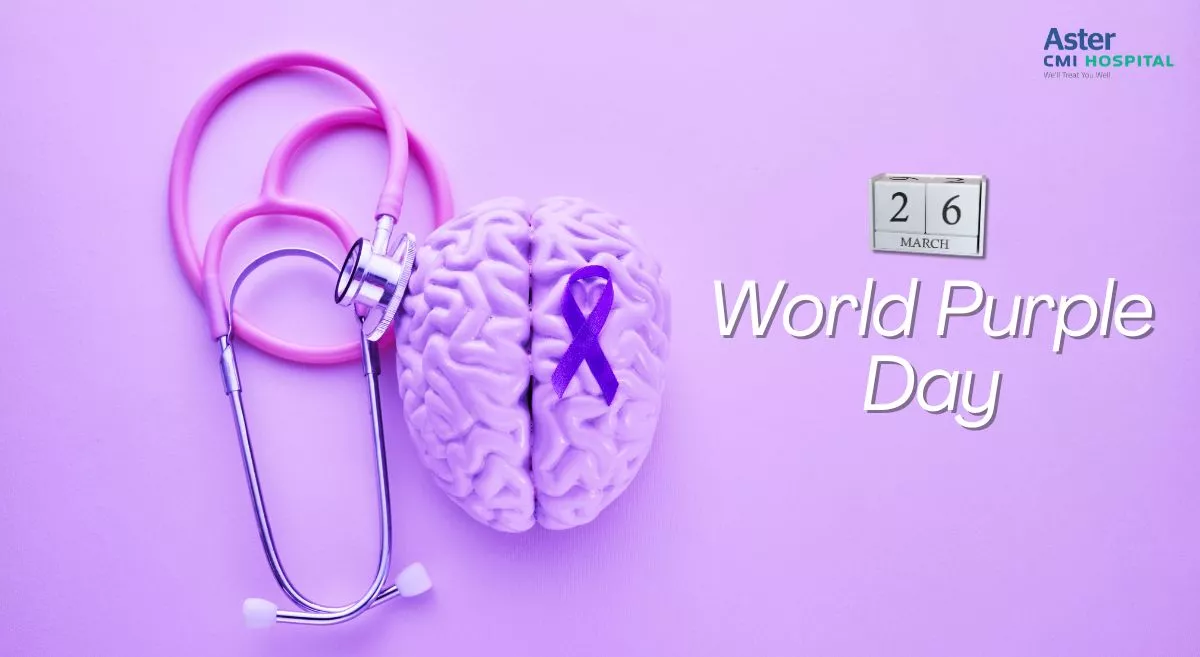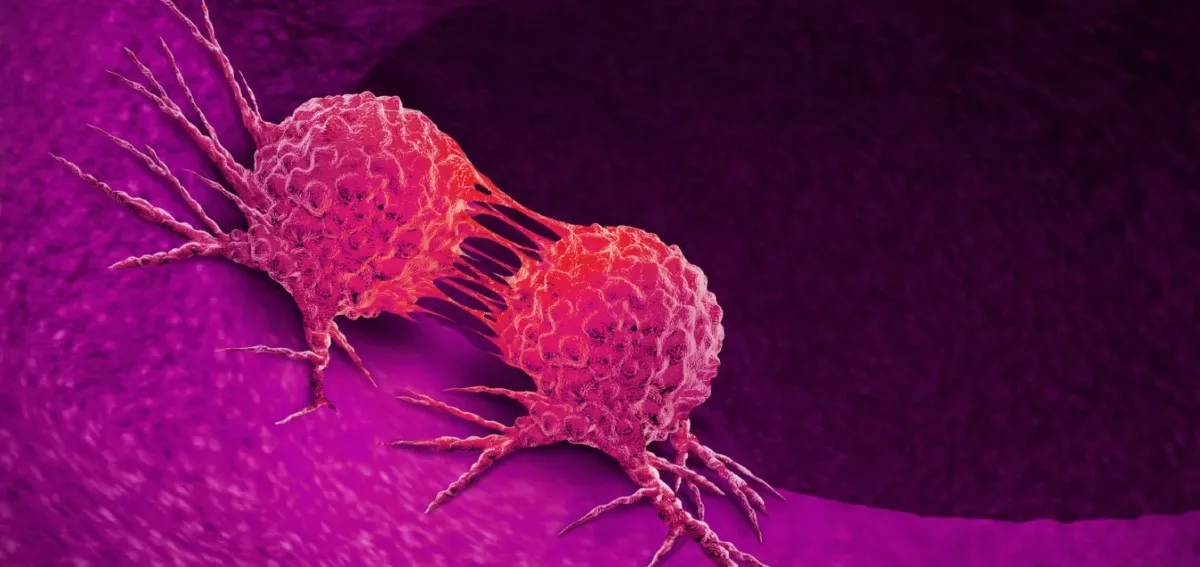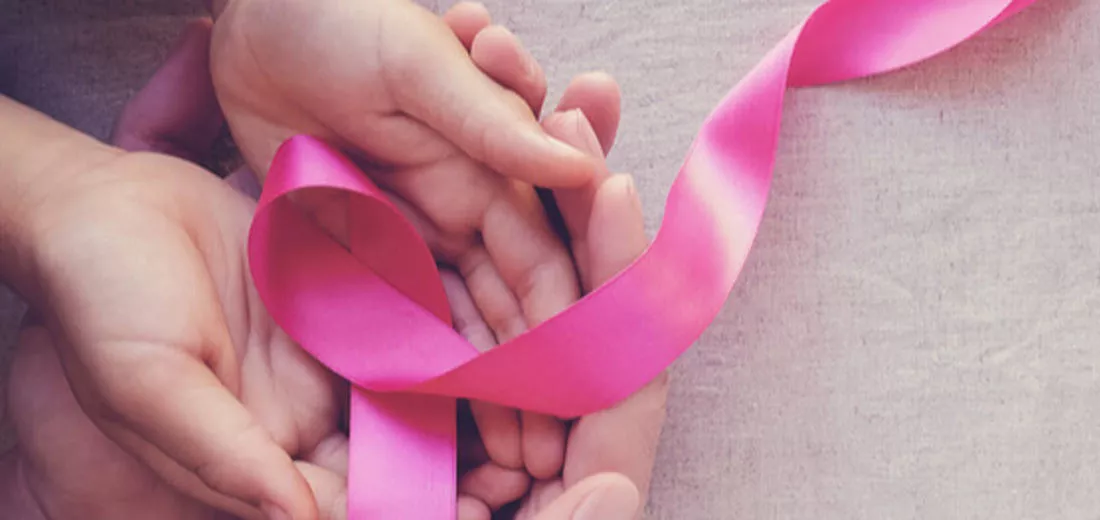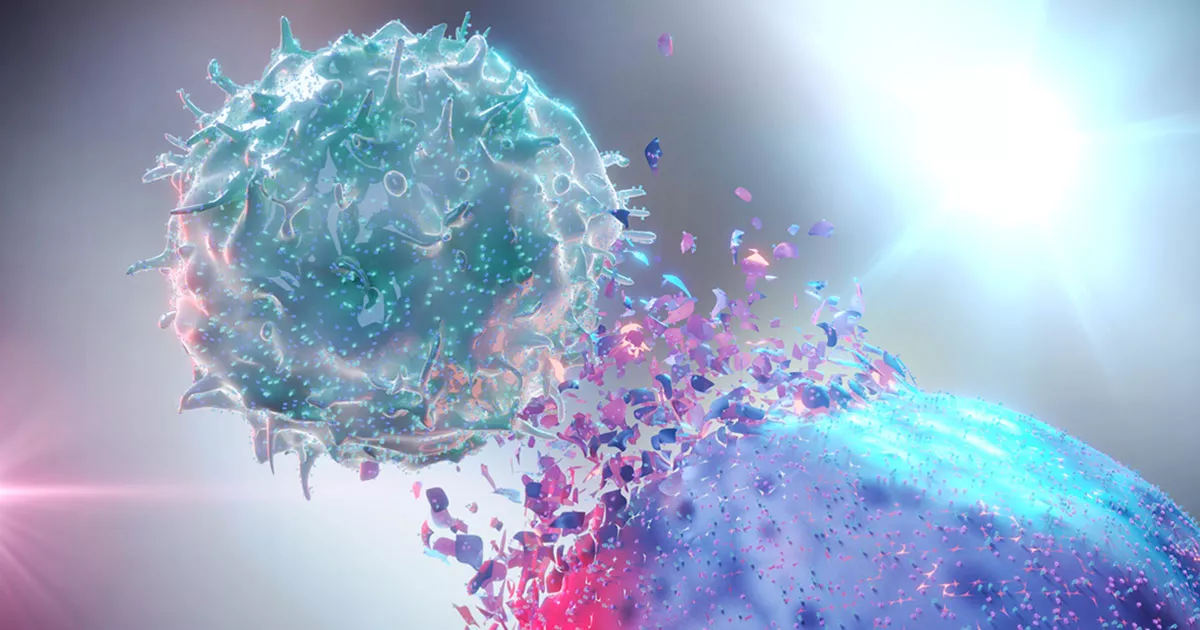Lymphoma and leukemia are both types of cancers that affect the blood and lymphatic system, which are crucial components of the body's immune system. While they share some similarities, they also have distinct differences in terms of their origin, presentation, and treatment approaches.
What is Lymphoma:
Lymphoma is a type of cancer that originates in the lymphatic system, particularly in the lymph nodes, spleen, and other lymphoid tissues.
Symptoms:
Lymphoma primarily affects the lymphatic system, which includes lymph nodes, the spleen, and other lymphoid tissues.
- Enlarged Lymph Nodes: Lymph nodes may become larger, painless, and firm. They are often the first sign of lymphoma.
- Swollen Spleen or Liver: The spleen and liver might become enlarged, leading to discomfort or a feeling of fullness in the abdomen.
- Unexplained Weight Loss: Rapid and unintentional weight loss is a common symptom of lymphoma.
- Fatigue: Persistent tiredness and lack of energy can be present.
- Fever and Night Sweats: Unexplained fever and drenching night sweats are common.
- Itching: Generalized itching, known as pruritus, can occur without any visible rash.
- Cough and Breathlessness: If the lymphoma affects the chest area, it might lead to a persistent cough or shortness of breath.
Types:
1. Hodgkin Lymphoma (HL):
- Characterized by the presence of Reed-Sternberg cells in the lymph nodes.
- Typically starts in a single lymph node or a group of nodes.
- Often follows a predictable pattern of spread.
- Can be staged using the Ann Arbor staging system.
- Treatment usually involves chemotherapy, radiation therapy, and in some cases, targeted therapies or stem cell transplantation.
2. Non-Hodgkin Lymphoma (NHL):
- Comprises a diverse group of lymphomas that do not have Reed-Sternberg cells.
- Can arise from different types of lymphocytes (B-cells, T-cells, or NK cells).
- Has a wide range of subtypes with varying presentations and outcomes.
- Staging varies depending on the subtype.
- Treatment may include chemotherapy, targeted therapies, radiation, or stem cell transplantation.
Treatment:
Treatment options for lymphoma depend on whether it's Hodgkin lymphoma (HL) or non-Hodgkin lymphoma (NHL), as well as the subtype and stage of the disease. Common treatment modalities include:
- Chemotherapy: This is a cornerstone of lymphoma treatment. It entails the use of medications to either eradicate cancer cells or stop their spread. Depending on the type and stage of lymphoma, chemotherapy might be used alone or in combination with other treatments.
- Radiation Therapy: High-energy rays are used to target and kill cancer cells. It's often used in localized cases or to shrink large lymph nodes before other treatments.
- Immunotherapy: Some types of lymphoma respond well to targeted therapies that exploit the body's immune system to fight cancer cells.
- Stem Cell Transplant: Also known as a bone marrow transplant, this procedure can be used for certain types of lymphomas that are resistant to other treatments or have a high risk of relapse.
- Monoclonal Antibodies: These are specific antibodies designed to target cancer cells. They can be taken either on their own or in addition to chemotherapy.
- Targeted Therapy: Newer therapies specifically target certain molecules or pathways in cancer cells, minimizing damage to normal cells.
What is Leukemia:
Leukemia is a form of cancer that develops in the bone marrow and impacts the blood and tissues that produce blood.
Symptoms:
Leukemia originates in the bone marrow and affects the blood and blood-forming tissues. Symptoms can be similar among different types of leukemia but may vary based on the specific subtype.
- Fatigue: Feeling unusually tired and weak, even with adequate rest.
- Anemia: Low levels of healthy red blood cells can lead to pale skin, weakness, and shortness of breath.
- Easy Bruising and Bleeding: Low platelet counts can cause easy bruising, bleeding gums, and frequent nosebleeds.
- Frequent Infections: Due to a decreased number of healthy white blood cells, recurrent infections may occur.
- Bone Pain: Leukemia can cause bone pain, often felt in the back and joints.
- Swollen Lymph Nodes: Enlarged lymph nodes can be a symptom, similar to lymphoma.
- Fever: Frequent or persistent fevers without an apparent cause can be a sign.
- Weight Loss: Unintentional weight loss is also a potential symptom.
- Enlarged Liver or Spleen: Like lymphoma, leukemia can cause enlargement of these organs.
Types:
1.Acute Myeloid Leukemia (AML):
- Involves rapid growth of abnormal myeloid cells in the bone marrow.
- Presents with symptoms such as fatigue, anemia, bleeding, and infection.
- Tends to affect older adults more commonly.
- Treatment involves chemotherapy and sometimes stem cell transplantation.
2.Chronic Myeloid Leukemia (CML):
- Involves the overproduction of myeloid cells, often due to a genetic mutation called the Philadelphia chromosome.
- Often diagnosed in the chronic phase and can progress to an accelerated phase and blast crisis.
- Targeted therapy with tyrosine kinase inhibitors is a common treatment approach.
3. Acute Lymphoblastic Leukemia (ALL):
- Involves rapid growth of abnormal lymphoblasts (immature lymphocytes).
- Commonly affects children, but can also occur in adults.
- Presents with symptoms similar to AML.
- Treatment involves chemotherapy and sometimes stem cell transplantation.
4. Chronic Lymphocytic Leukemia (CLL):
- Involves the accumulation of abnormal mature lymphocytes.
- Typically diagnosed in older adults.
- Often progresses slowly and may not require immediate treatment.
- Treatment decisions depend on the stage and the patient's overall health
Treatment:
The treatment of leukemia varies based on the type (acute or chronic) and subtype (AML, ALL, CML, CLL). General treatment approaches include:
- Chemotherapy: Like lymphoma, chemotherapy is commonly used for leukemia treatment. It aims to eradicate abnormal blood cells and promote the growth of healthy cells.
- Targeted Therapy: In some cases, targeted therapies are used to block specific molecules or pathways involved in the growth of cancer cells.
- Stem Cell Transplant: A stem cell or bone marrow transplant may be considered for certain types of leukemia, especially in cases of high-risk disease or relapse.
- Radiation Therapy: It might be used in specific cases, such as when leukemia cells have infiltrated the central nervous system.
- Immunotherapy: In recent years, immunotherapies that harness the immune system to target leukemia cells have shown promising results.
- Tyrosine Kinase Inhibitors: These targeted therapies are particularly effective for treating certain types of chronic leukemias, like chronic myeloid leukemia (CML).
- Chemotherapy Combination: Different drugs may be combined to increase effectiveness and reduce resistance.
In summary, lymphoma and leukemia are both cancers that affect the blood and lymphatic system, but they differ in terms of their origins, cell types involved, and clinical presentations. Proper diagnosis and classification by healthcare professionals are essential for determining the appropriate treatment approach for each individual case.




















